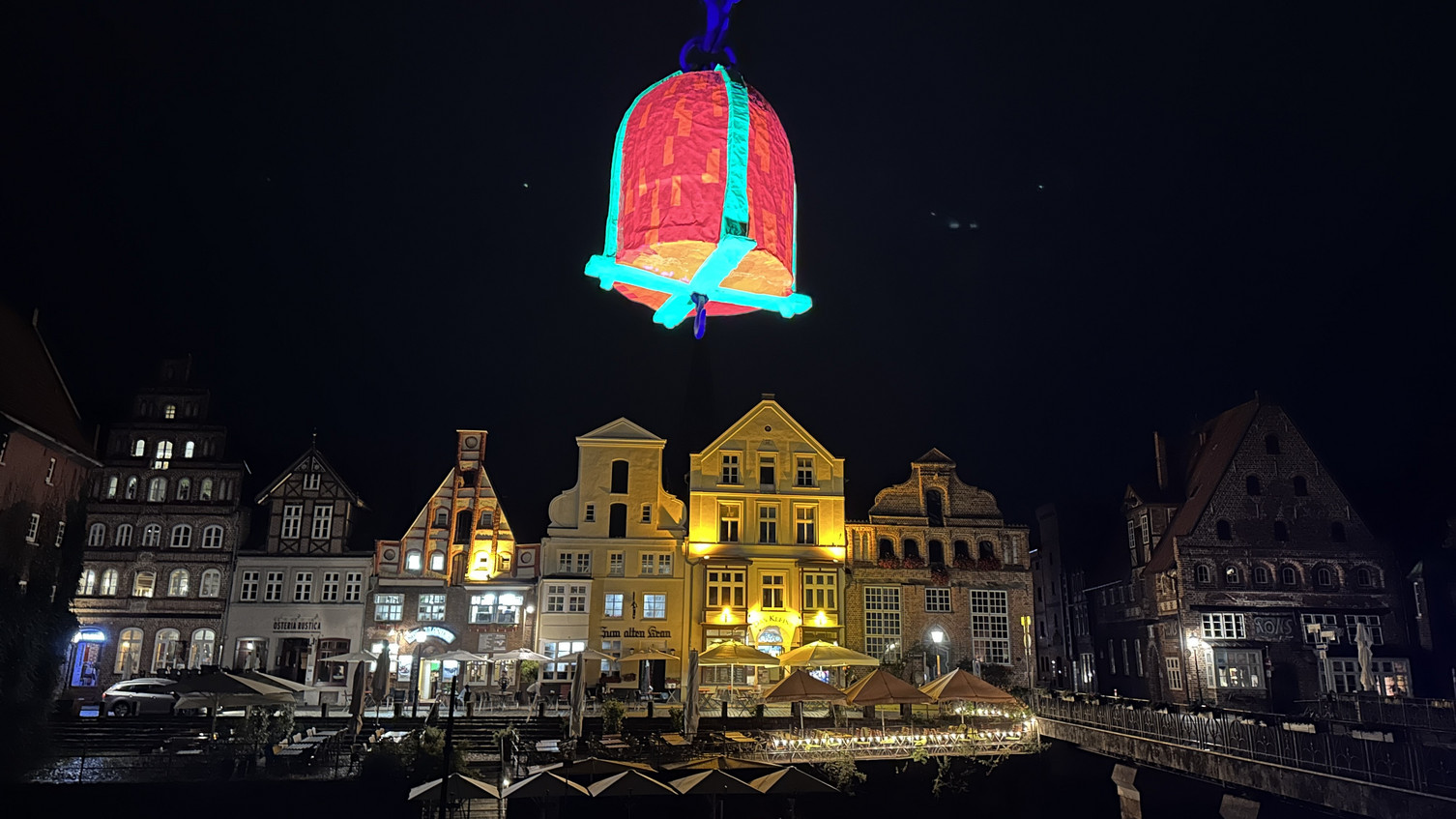In 2024, we worked with partners from the Lüneburg art and culture scene to explore the significance and potential of art in public spaces.
Together with artists, art educators, and cultural initiatives, we developed the accompanying, barrier-free program “Art is for everyone!”. The aim was to enable diverse perspectives on contemporary art and to make existing barriers to access visible and negotiable—through joint reflection, design, and experience. In workshops and guided tours, participants encountered the exhibited works in a variety of ways, entered into dialogue, and became creative themselves—the Wortkollektiv approached the various works with their LiteraTour writing project, while the artist collective punctum organized a sound walk. In further workshops, numerous participants drew, kneaded, painted, modeled, and discussed.
It became clear that art changes the way we see the city. It can reveal inconspicuous places, interrupt familiar routes, make empty spaces visible, or bring repressed stories to light. Artistic interventions create (temporary) spaces in which everyday life can be experienced in new ways and the urban space is symbolically transformed. It appears as a space for negotiating social, political, and also very practical organizational processes and practices—permeated by struggles for interpretive authority, appreciation, and spatial appropriations and expropriations, as was evident in the case of the old crane at Stint. As a ‘landmark’, the old crane was temporarily redesigned with the work ‘Heavy Duty’, which led to a variety of reactions – including complaints to the public order office and concerns about vandalism.
Our exploration of art in public spaces, which was also a focal point of the Community 2024, was characterized by collaborations between various actors who contributed their respective perspectives and understandings of art in order to create new approaches. This collaboration was supported by a great deal of volunteer work and a high level of commitment beyond institutionalized contexts—whether in curation, organization, setup, or even making coffee. This collective practice had a special impact.
- Kunstverein Lüneburg e.V.
- Mosaique – Haus der Kulturen e.V.
- Cultural Centre DüNE
- Art Mediator Halle für Kunst e.V.
- Wortkollektiv
- Punctum








![[Translate to Englisch:] Alter Kran Lüneburg erleuchtet](/fileadmin/_processed_/5/8/csm_KV_Lbg_Yvonne_Goulbier_Foto_HajoBoldt_3834fcf636.jpg)

